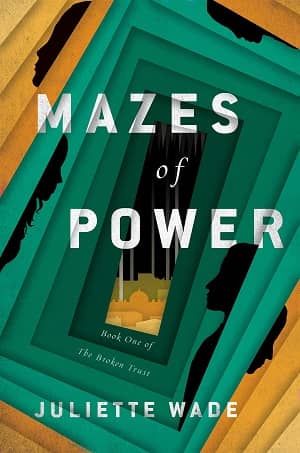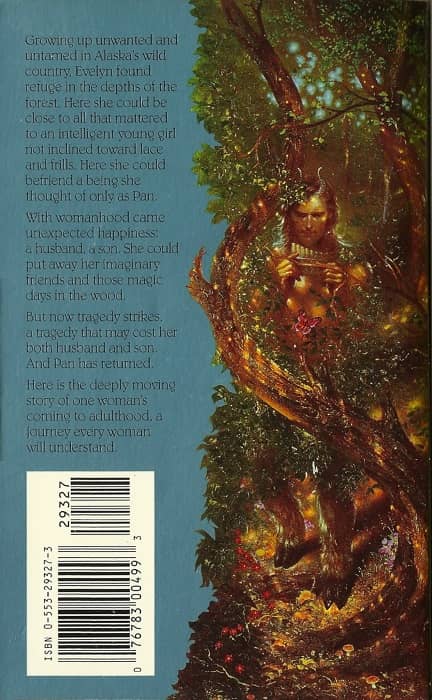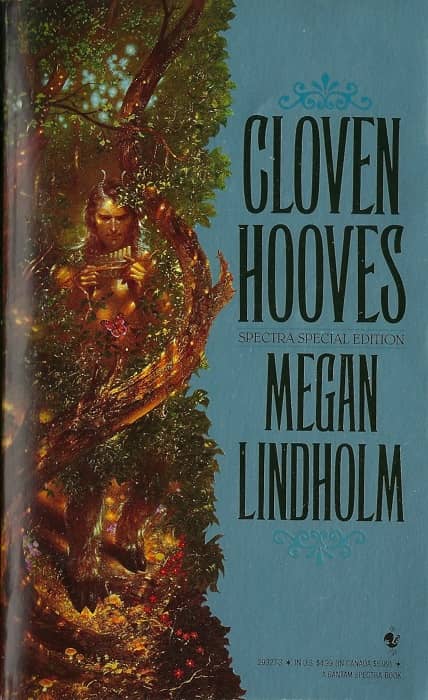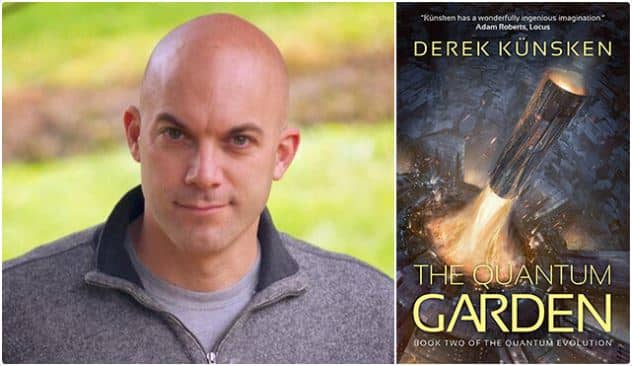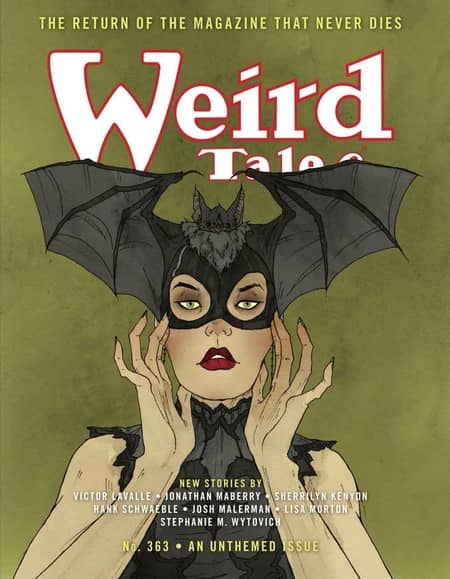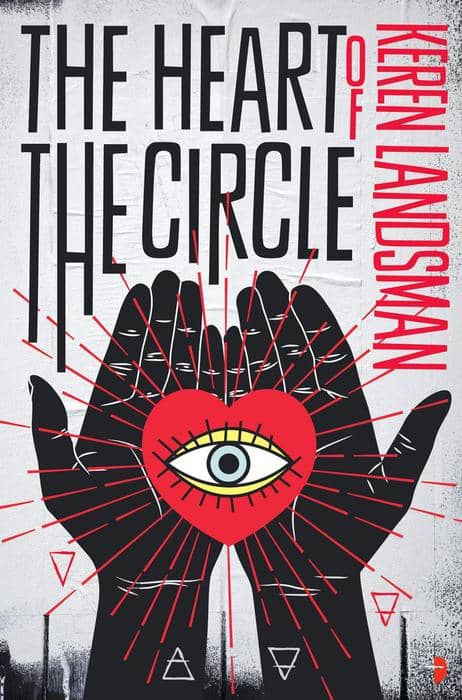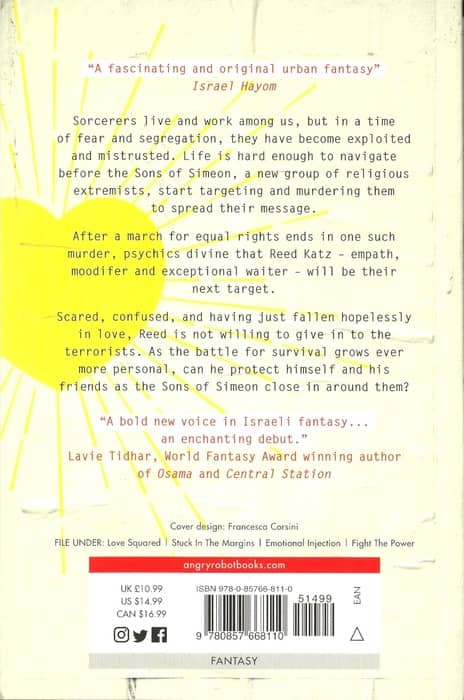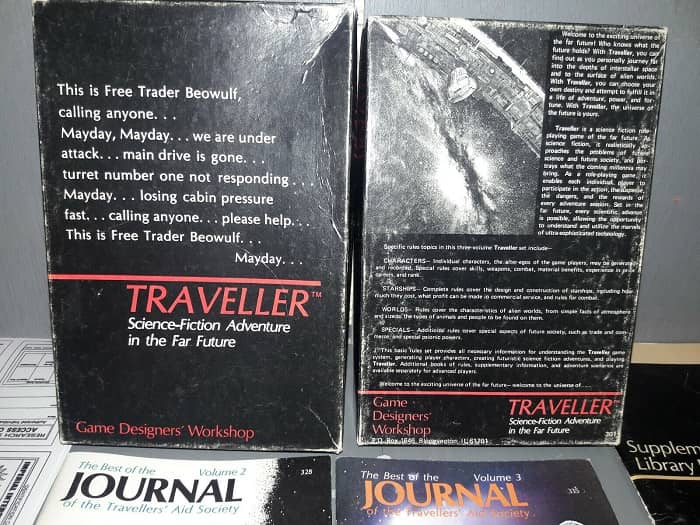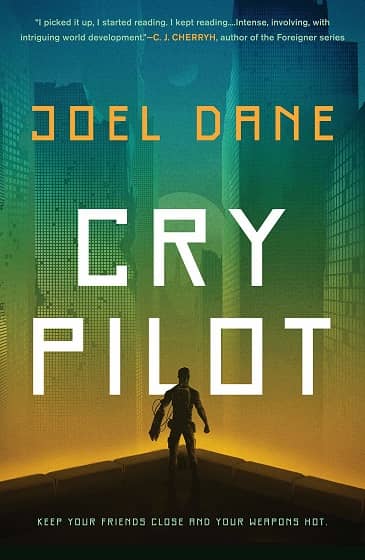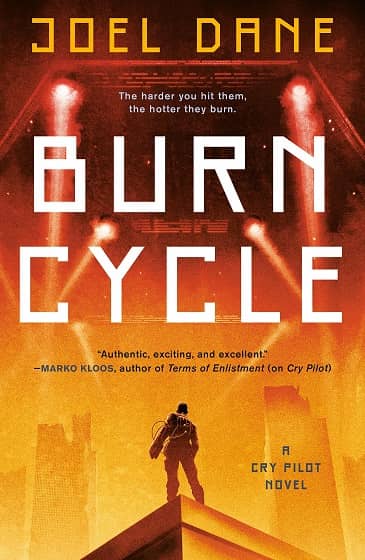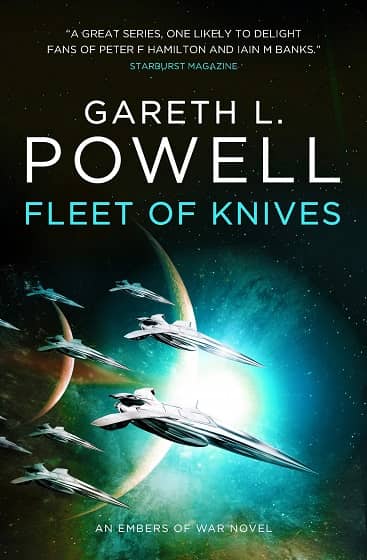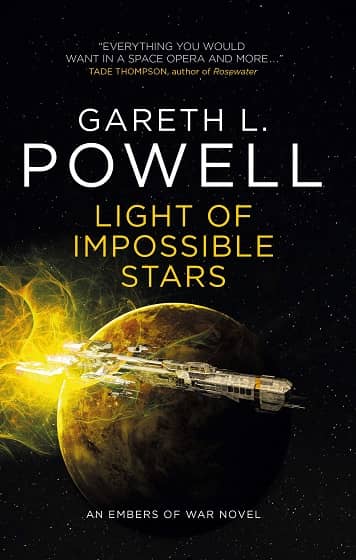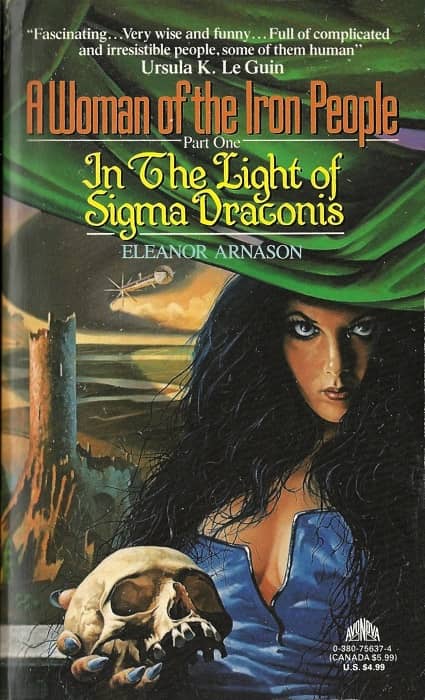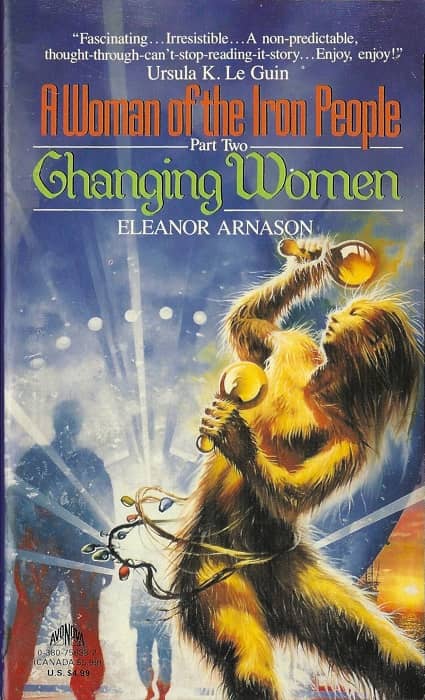New Treasures: The Ember Blade by Chris Wooding
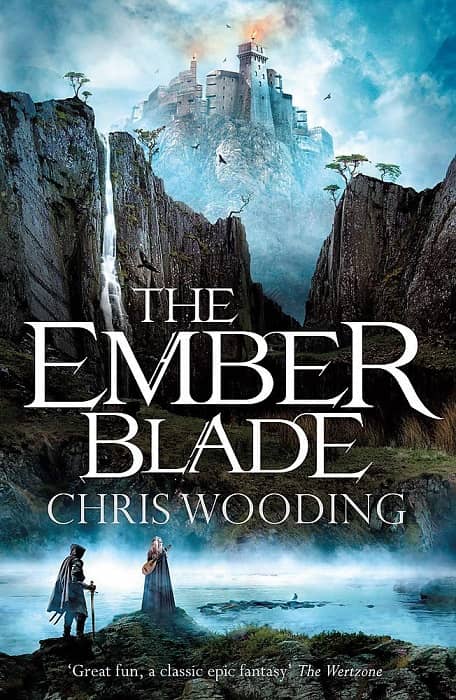 |
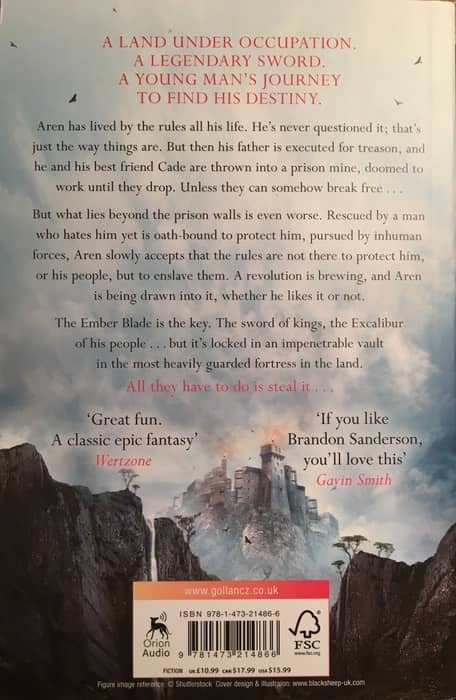 |
Cover by Blacksheep-UK
Chris Wooding is the author of the 4-volume steampunk adventure series Tales of the Ketty Jay, the Braided Path trilogy, The Fade, and a healthy number of young adult novels from Scholastic, including Malice and Poison. His latest, The Ember Blade, is the opening novel in The Darkwater Legacy, a new epic fantasy series. It’s been well received, but my favorite review was a grumpy article by Mark Yon at SFF World, who points out that the book treads a lot of familiar territory before taking an unexpected shift about halfway through:
Though undeniably well-written, the initial set up felt like typically Tolkien-esque fare. So much of it was similar to things I’ve read many, many times before… Like many other plots, there’s a quest, but this time for a legendary sword, the Ember Blade, not a ring, where the heroes and heroines of our story have to get the sword. As the story develops we meet others that seem familiar – rebel leader Garrick could be Aragorn, a fighter with a secret past, and there’s a degree of mystical flim-flam with Vika-Who-Walks-the Barrows, a druidess with connections to ‘the old ways’…. a female Gandalf, albeit with a loveable and faithful canine companion….
Once the reader is pretty much resigned into expecting the expected, about half-way through the book – remember, this is after about 400 pages – there’s an abrupt left-turn. Where Tolkien’s story moved from the bucolic rural environment of The Shire to etherial Lothlorien and then the extremes in the mountains of Mordor, here Aren, Cade and the rest of our heroes and heroines have escaped to the Ossian city of Morgenholme, where… we’re into an urban environment, with dark, dirty streets, poverty, disease and original inventions…
The last part of the book is a heist story, with the eclectic group attempting to get The Ember Blade from the hands of the Krodans and generate a revolution amongst the oppressed Ossians.
The Embler Blade was published by Gollancz on July 30, 2019. It is 824 pages, priced at $26.99 in hardcover, $15.99 in trade paperback, and just $2.99 in digital formats. The cover is by Blacksheep-UK. See all of our coverage of the best new Science Fiction and Fantasy here.
